 There are thousands of different national costumes in the world. Which of them are the most beautiful? That totally is a subjective opinion. Also, who has a right to define such things? Each and every folk dress is charming in its way. But still, people tend to like ratings. So, we offer you one of the top-10 ratings of best traditional costumes of the world that we’ve found on YouTube. Whether your opinion matches this rating or not, you can still learn something new about the national outfits of these 10 countries.
There are thousands of different national costumes in the world. Which of them are the most beautiful? That totally is a subjective opinion. Also, who has a right to define such things? Each and every folk dress is charming in its way. But still, people tend to like ratings. So, we offer you one of the top-10 ratings of best traditional costumes of the world that we’ve found on YouTube. Whether your opinion matches this rating or not, you can still learn something new about the national outfits of these 10 countries.
10. Chut Thai, Thailand
Thai traditional clothing known as “Chut Thai” which literally means “Thai outfit”, is a famous costume worn in Thailand by men, women, and kids.
Women’s chut Thai consists of a blouse, a sabai (shawl-like garment for the upper body), a pha nung (long strip of cloth that serves as a wrap-around skirt), and a chong kraben (wrap-around cloth resembling baggy pants).
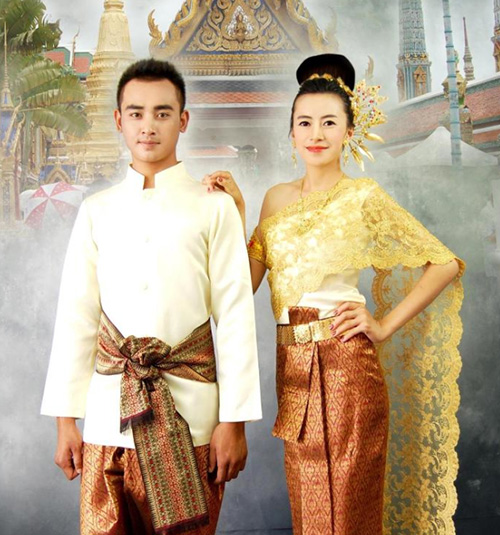
Men’s chut Thai consists of a Raj pattern T-shirt, a chong kraben, trousers, a pair of knee-length white socks, and a sabai.
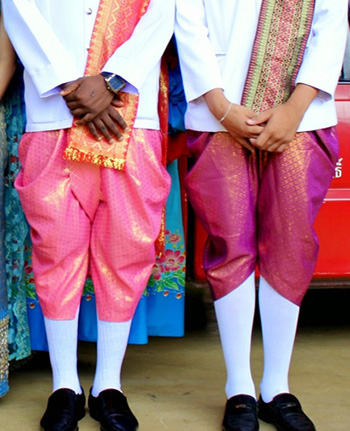
Mostly, these costumes are worn by citizens residing in northern parts of Thailand. This outfit is also considered to be the formal Thai national costume.
9. Kimono, Japan
Japanese traditional clothes, known as “wafuku”, whereas Western clothing known as “yofuku”, are ethnic dresses that men and women wear during ceremonies, festivals, and events. Traditional outfits in Japan are also known as “kimono” which literally means “thing you wear”. It’s a long silk, bright, vibrant-colored gown along with white full-length socks. Kimono means politeness as well as formality.
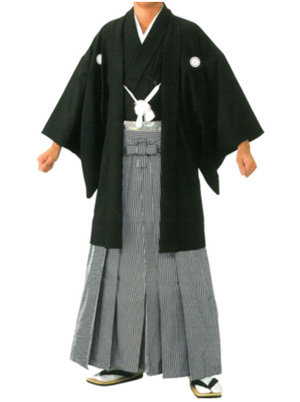

8. Hanbok or joseon-ot, Korea
Hanbok in South Korea and joseon-ot in North Korea are famous traditional Korean outfits for men as well as women. These are simple and vibrant along with lining clothes worn by royals as well as aristocrats during ancient periods. Traditionally, women wore bright full skirts, a blouse, and a jacket.
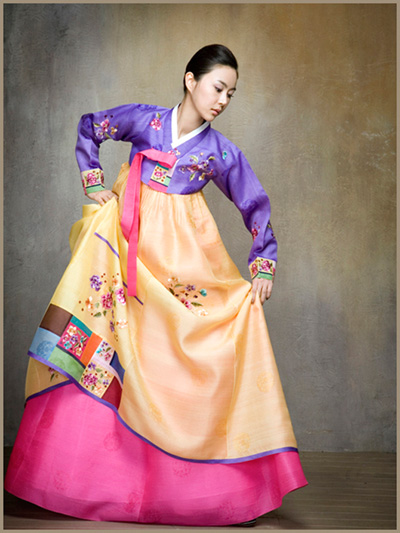
South Korean Tourism Ministry invented a Hanbok Day with a view to encourage wearing a hanbok.
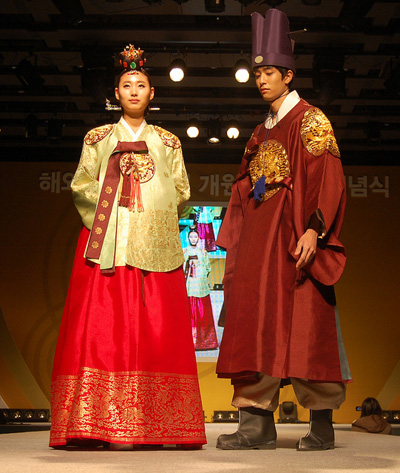
7. Cheongsam, China
Traditional Chinese clothing, also known as “cheongsam” in China and “qipao” in Mandarin, is made by various Chinese artifacts and arts of Chinese culture. They are made only for weddings as well as special festive occasions. The costume consists of royal silk shoes with rich and bright silk fitting one-piece or a long gown famous in Royal Chinese Ancient periods.

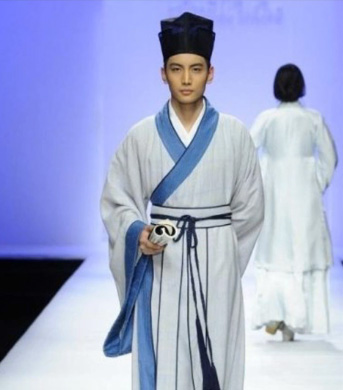
6. Baro’t saya, Philippines
Women’s traditional formals are known as “mestiza dress” made from royal lace fabric and decorated with embroidery. It is a long silk dress with butterfly sleeves.
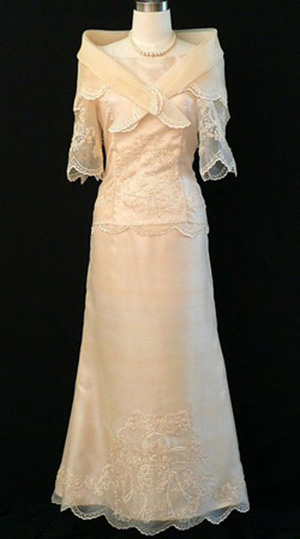
“Baro at saya” is also a traditional attire for the Philippines. The name “baro at saya” means “dress (blouse) and skirt”. This dress was influenced by Spanish culture during the Spanish Colonization of the Philippines islands. The baro’t saya is made from silk in matching colors. In the past, this style was exclusively worn by the women of upper-caste families, while those in lower castes wore baro made from pounded white bark fiber.
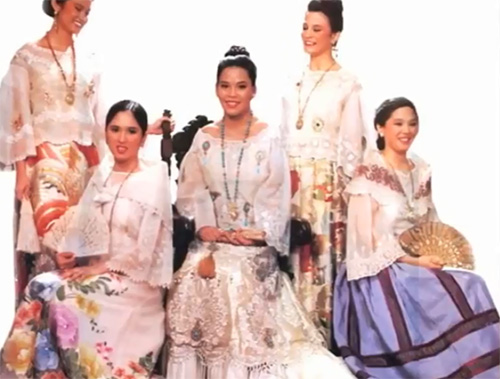
5. Bunad, Norway
In Norway, the traditional dress is known as “bunad”; it is worn by men as well as women. These costumes are made up of ethnic, historical patterns and cuts. Such traditional vibrant-colored rural dresses are worn since the 18th century on special occasions.
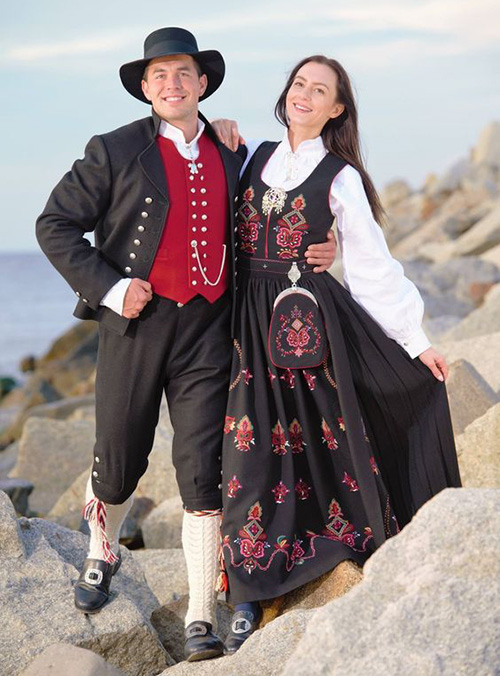
4. Ao dai, Vietnam
The national outfit of Vietnam is known as “ao dai”. Both men and women wear ao dai during weddings, events, festivals, and other special occasions. The ao dai is beautiful in its simplicity. These dresses are long gowns in bright color worn with a huge hat and leather shoes or sandals.
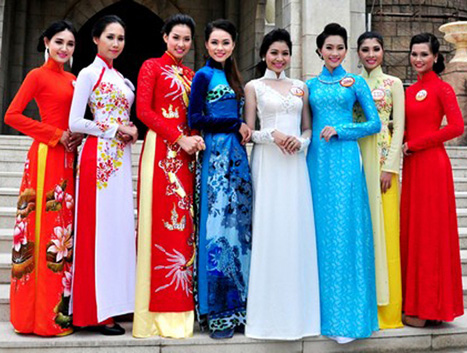
3. Dirndl and lederhosen, Germany
There is a traditional folk festival organized in Germany known as “Oktoberfest” where women wear “Bollenhut” dresses of Black Forest Region and “Goldhauben” dresses of Upper Austria. These dresses are vibrant cotton sleeveless tight-fitting gowns.
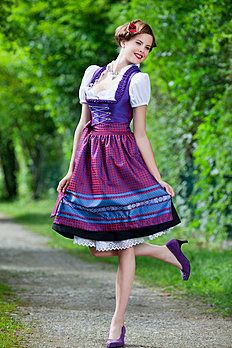
Whereas men wear linen, wool, and leather clothing – knee-length trousers known as “lederhosen”, wool socks, rustic shoes, and jackets.
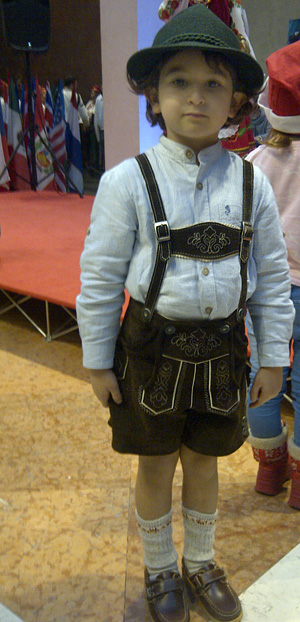
2. Serbian folk dress, Serbia
There is no special term to name the traditional outfit in Serbia. But their folk dresses are a mix of Balkan, Ottoman, Byzantine, and Slavonic. Also, Serbian traditional costumes are multilayered and richly decorated with embroidery.

The male folk outfit consists of an embroidered shirt, trousers, a vest, outerwear, a belt, a headdress, knitted socks, and shoes.
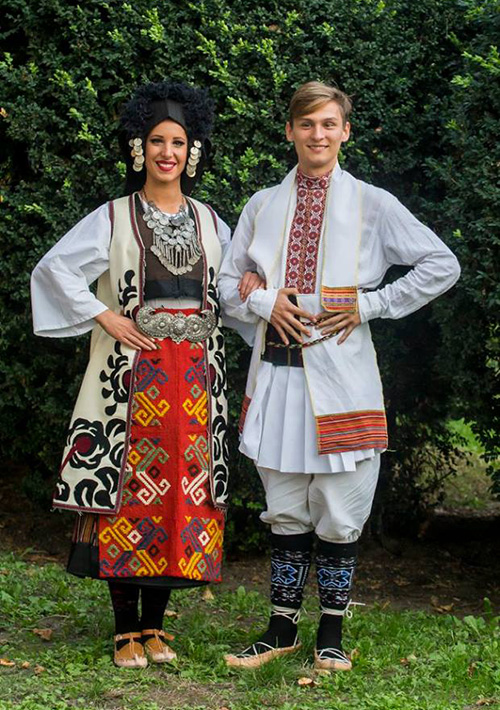
The female folk attire consists of a chemise (long shirt), a skirt, a bodice, a belt, an apron, an outerwear, a headdress, knitted socks, and shoes.
1. Sari, India
Traditional costumes here are sari and kurti pyjamas. There are many various types of sari, such as Kanjivaram sari, Paithani sari, and many more worn during special occasions, weddings, parties, festivals.
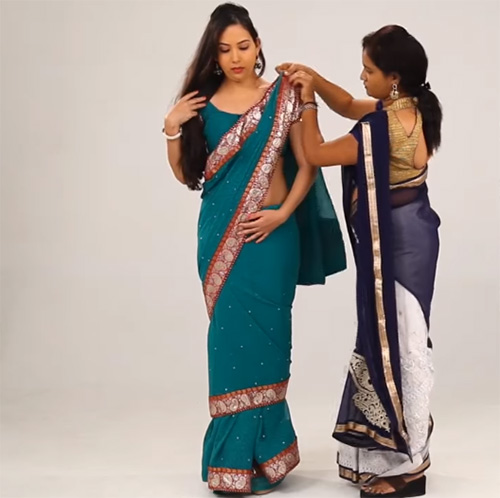
Kurti and pyjamas are local formals as well as casual dress worn at office, college, festivals, etc. One can also carry a dupatta – a long cotton cloth.
Kurti pyjamas and sarees are made from silk, nylon, cotton, and many synthetic fibers. There are different designs of sari, color pallets, and accessories used to make it look beautiful and simple at the same time.
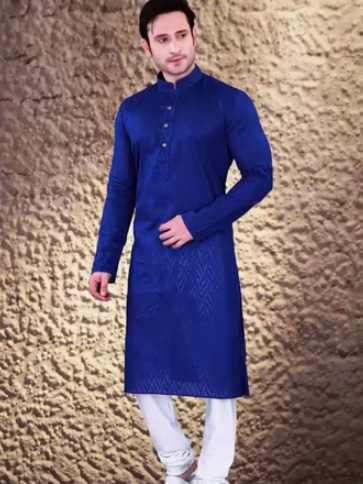
(c)


